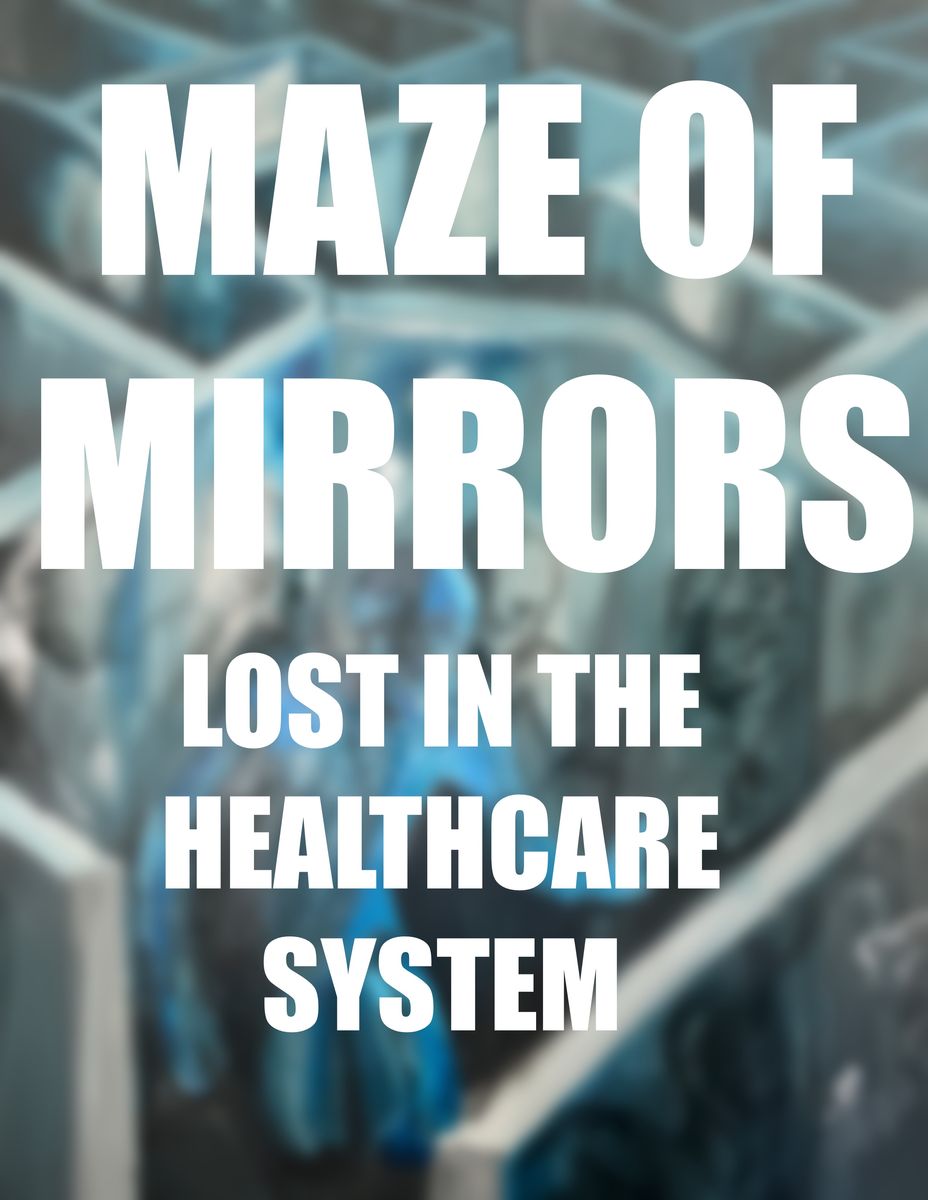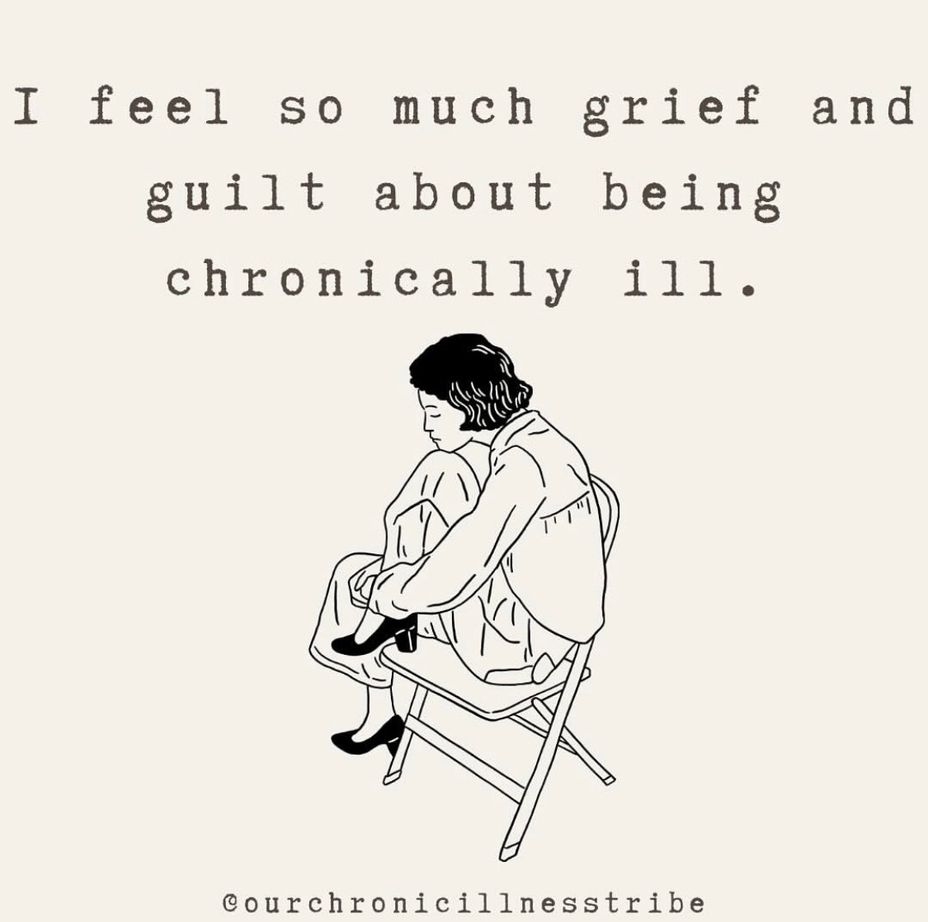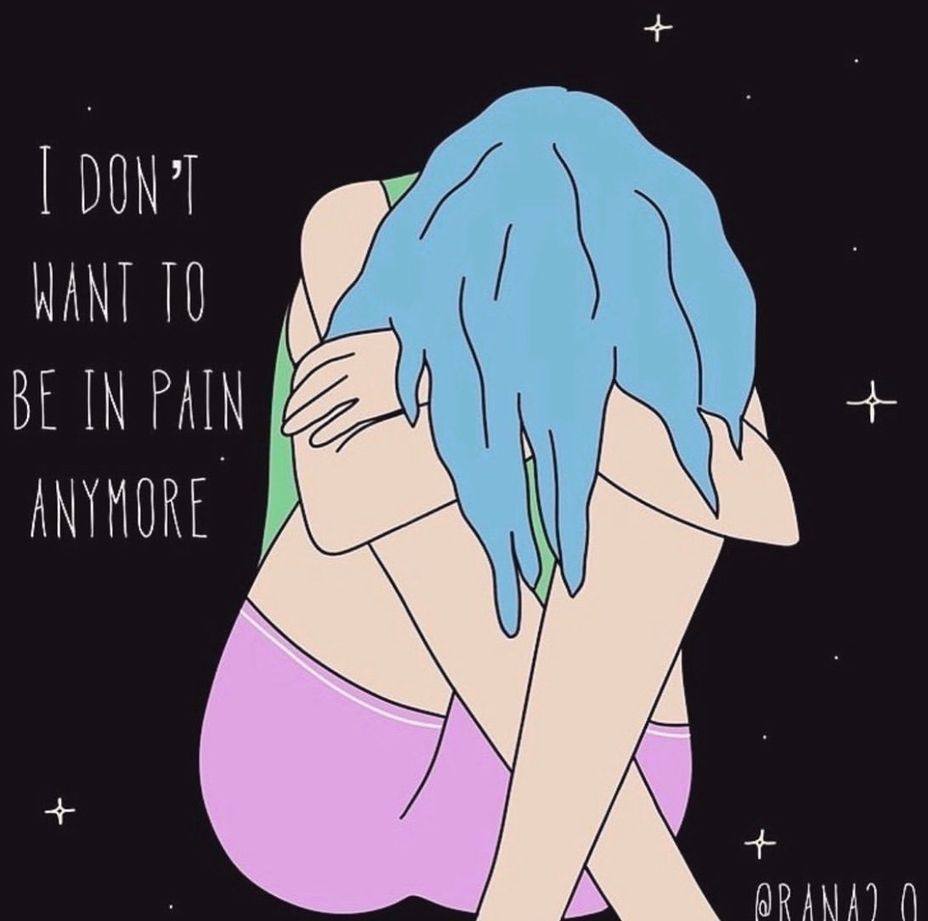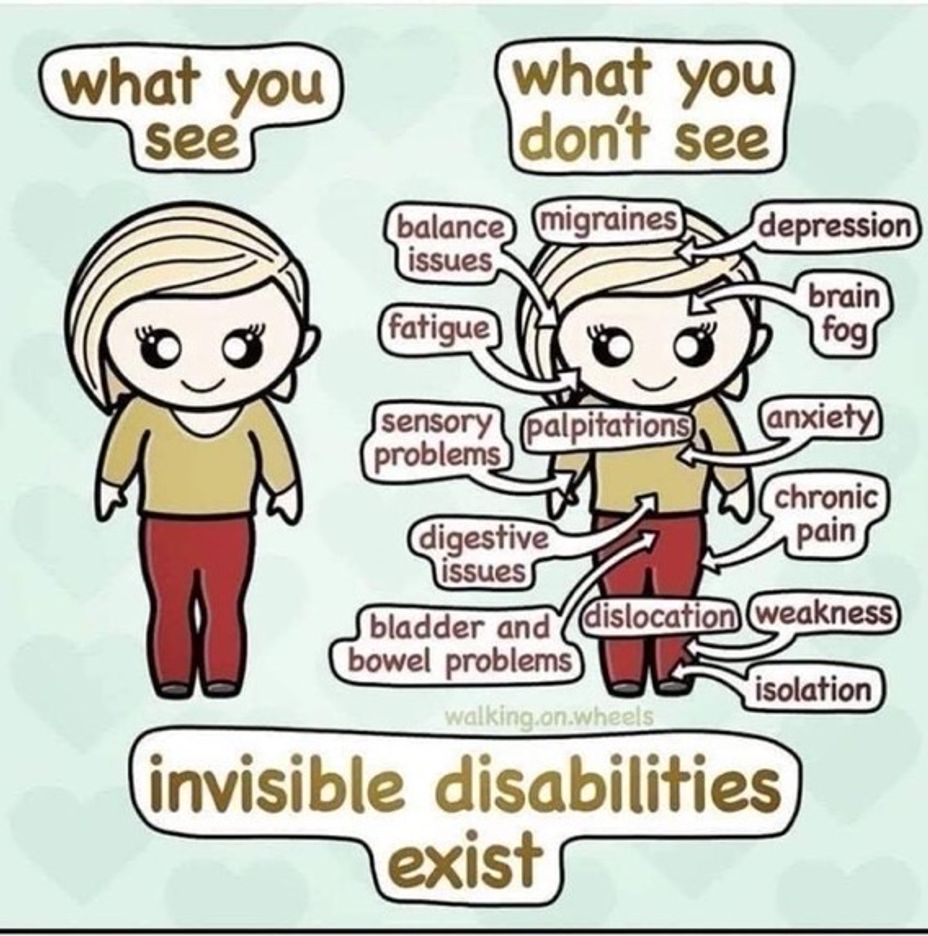The Maze of Mirrors of
Chronic illness isn’t just what happens inside your body. It’s what happens around it too. It’s the maze of mirrors the world builds around you. You try to walk forward, but in every direction, there’s a disordered reflection of yourself. Not the kind you laugh at in a mall funhouse, but a warped, dizzying trap where every door leads to another hallway, another dead end, another gatekeeper pointing you the wrong way.
And the mirrors don’t just make you look shorter or taller — they show you as lazy, dramatic, hopeless, beyond fixing, too sick, not sick enough. And sometimes, even when you know your own truth, those mirrors convince you they’re real.
You spend months. Years. Decades. Wandering the maze. Bumping into glass. Begging someone to break it. You bump into the medical industry that silences you in polite language:
“We didn’t find anything.”
“Let’s wait and see.”
“It’s probably anxiety.”
You bump into caregivers who mean well — but trap you in their fear. Into insurance companies that tell you your survival isn’t cost-effective. Into doctors who send you down another hallway because they don’t know what else to do. You even bump into yourself — the part that whispers, Maybe it really is all your fault.
The system is built to look like it’s working, but inside it’s rotting. And people outside the maze can’t see that while they imagine you’re being “cared for,” you’re actually crawling, crying, begging anyone to stop the damage. You are surviving — barely — in a system that wasn’t designed to save you.
I’ve been bumping into mirrors for seven years. I survived neglect that so many others didn’t — not because the system saved me, but because God did. He kept me here for a reason. Maybe I don’t fully know what that reason is yet, but I do know I have a story to tell.
So I write. Even when my screen intolerance threatens to steal my voice.
I write for that people who didn’t make it.
I write for everyone still crawling through this maze, wondering if anyone sees them.
And if you’ve never stepped inside this maze yourself, maybe you’ve walked right by it, oblivious, — do you see me now?
👉 I even turned this piece into a spoken word poem. Here’s the video:
youtube.com/shorts/PpQ5dn1xCqE
#ChronicIllness #ChronicPain #ChronicFatigue #POTS #Dysautonomia #BrainInjury #MedicalTrauma #chroniclife #InvisibleIllness #chronicillnesscommunity #chronicwarrior #chronicillnessawareness #chronicpainawareness #PoetryCommunity #poetryvideo #spokenwordpoetry #chronicillnesspoetry #InvisibleIllness










